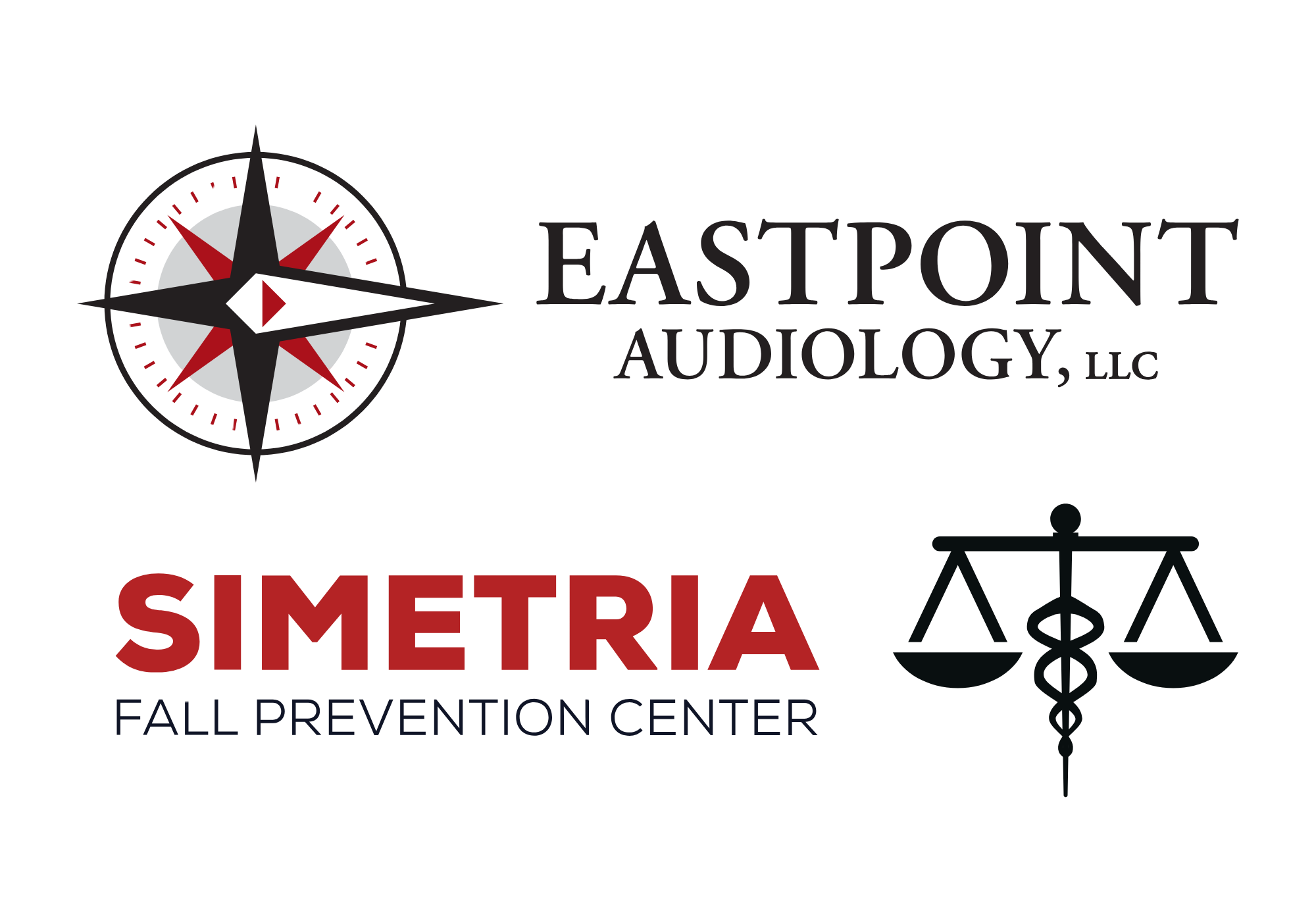When the majority of people think of hearing aids, they picture conventional devices that boost sound through the ear canal. But for individuals with certain types of hearing loss, especially those dealing with persistent ear issues or single-sided deafness, a different type of technology could provide better clarity and comfort: bone conduction hearing devices.
The Capability of Bone Conduction Hearing Devices
Bone conduction hearing devices work by bypassing the outer and middle ear. Rather than transmitting sound through the air, they transfer vibrations through the bones of the skull to the inner ear (cochlea), where the sound is processed. This means that even if the ear canal is obstructed or damaged, sound can still get to the auditory nerve. Think of it this way: If you’ve ever plugged your ears and still been able to hear your voice when talking, that’s bone conduction.
Bone Conduction vs. Conventional Hearing Aids
Traditional hearing aids amplify sound and funnel it through the ear canal. This approach is particularly helpful for people who have experienced damage to the inner ear or the nerve in charge of transferring sound, causing sensorineural hearing loss. However, if there are problems with the external or middle ear due to infection, fluid collection, or structural concerns, conventional hearing aids may not work efficiently or be comfortable. Bone conduction hearing devices can be a more effective option in such scenarios as they steer clear of the problematic regions and transmit sound directly to the cochlea.
Best Candidates For Bone Conduction
Situations where bone conduction devices are appropriate:
- Conductive hearing loss, when sound has trouble moving through the outer or middle ear at all.
- Persistent ear infections or drainage issues, where conventional hearing aids could worsen the condition.
- Individuals with misshapen ear canals or missing outer ears, who may not be prospects for traditional devices.
- A condition called one-sided deafness, where a person experiences substantial or complete hearing loss in one ear. These devices offer a non-invasive alternative that is often more comfortable, especially for children and adults with persisting ear problems.
Options that include implantable and non-implantable techniques:
There are two primary categories of bone conduction choices: Implantable and non-implantable devices.
- Non-implantable (worn externally): These are usually kept in place with a headband, softband, or sticky pad. They are perfect for kids, people experimenting with bone conduction for the first time, or individuals who are not prepared for surgery.
- Implantable (surgically installed): These devices consist of a small implant under the skin that connects with an external sound processor. They usually offer more robust performance and stability for long-term users. A professional evaluation by an audiologist or ENT specialist will identify the most appropriate solution for you, taking into account your age, individual anatomy, and personal hearing objectives.
Key Advantages of Bone Conduction Hearing Devices
- Comfortable for sensitive ears– no need to put anything inside the ear canal
- Clear sound quality, despite having persistent ear issues
- Excellent for distinct anatomy– helpful for people born without a full outer ear or with other structural differences
- Enhanced communication– particularly in school, work, or noisy environments
If you or your child struggles with hearing in one or both ears, particularly due to chronic infections or conductive problems, bone conduction hearing devices might be worth exploring.
Make an appointment with an audiologist today to get more information.
Sources: https://www.dukehealth.org/treatments/ear-nose-and-throat/bone-conduction-hearing-aid https://www.hopkinsmedicine.org/health/treatment-tests-and-therapies/baha–the-implantable- hearing-device https://www.ndcs.org.uk/advice-and-support/all-advice-and-support-topics/hearing-aids- implants-and-assistive-technology/ hearing-aids-and-implants/ bone-conduction-devices https://my.clevelandclinic.org/health/treatments/14794-bone-anchored-auditory-implant

